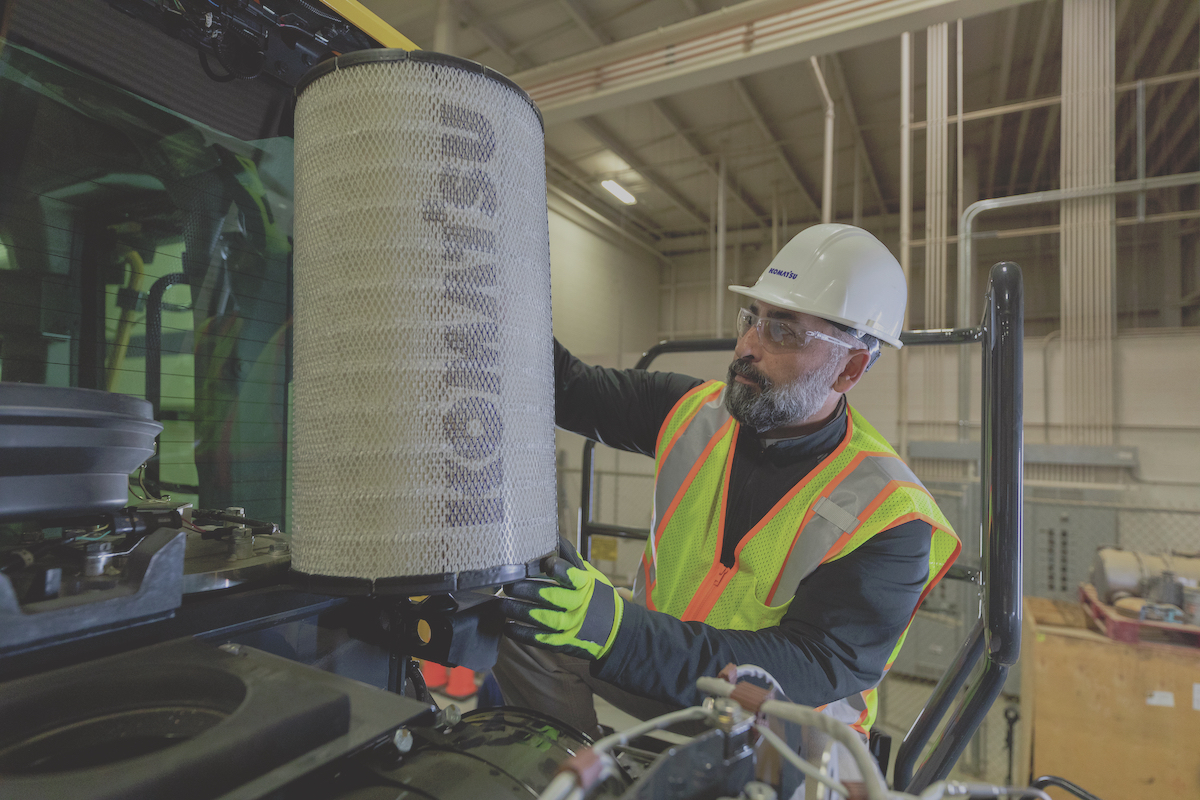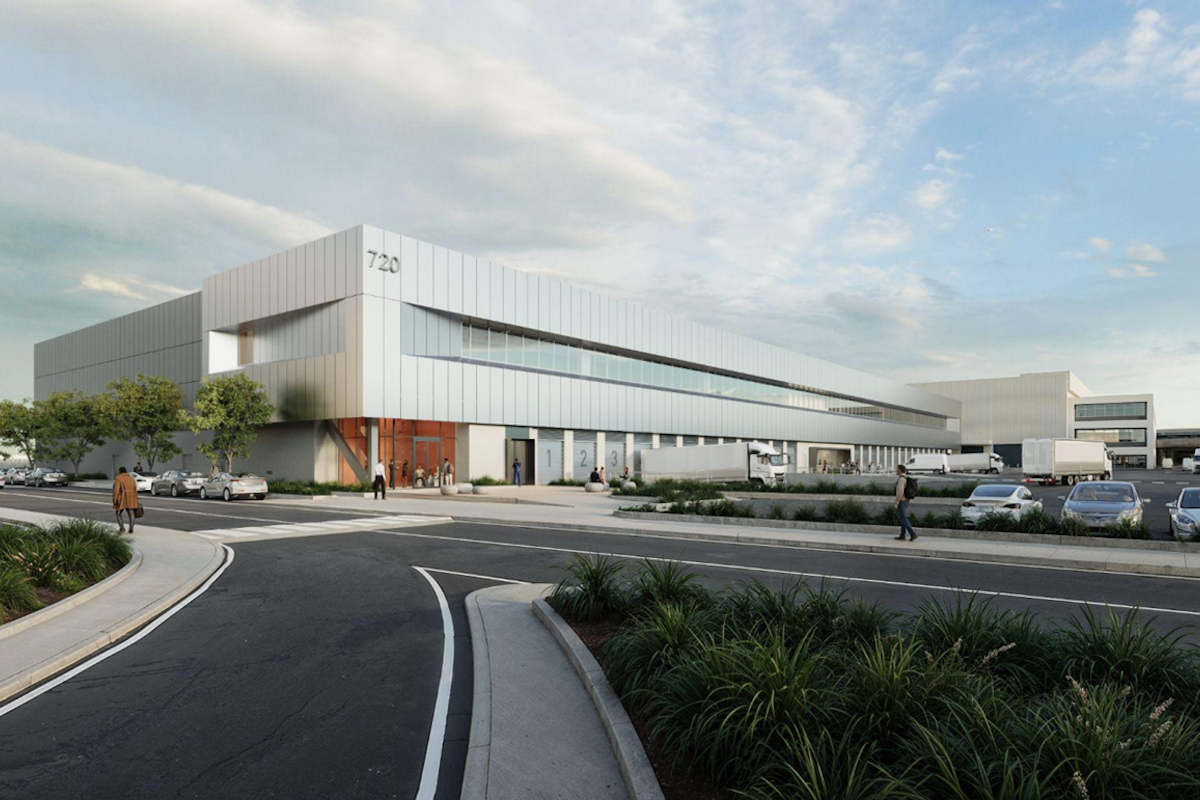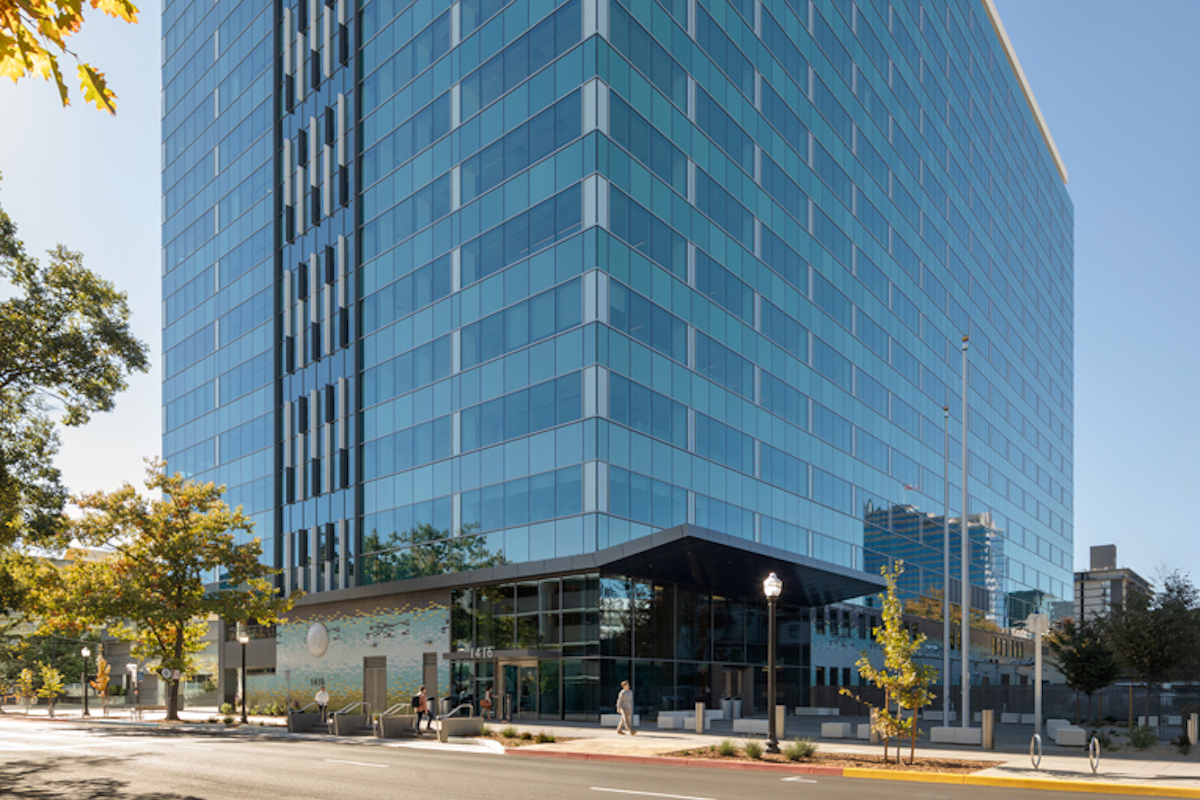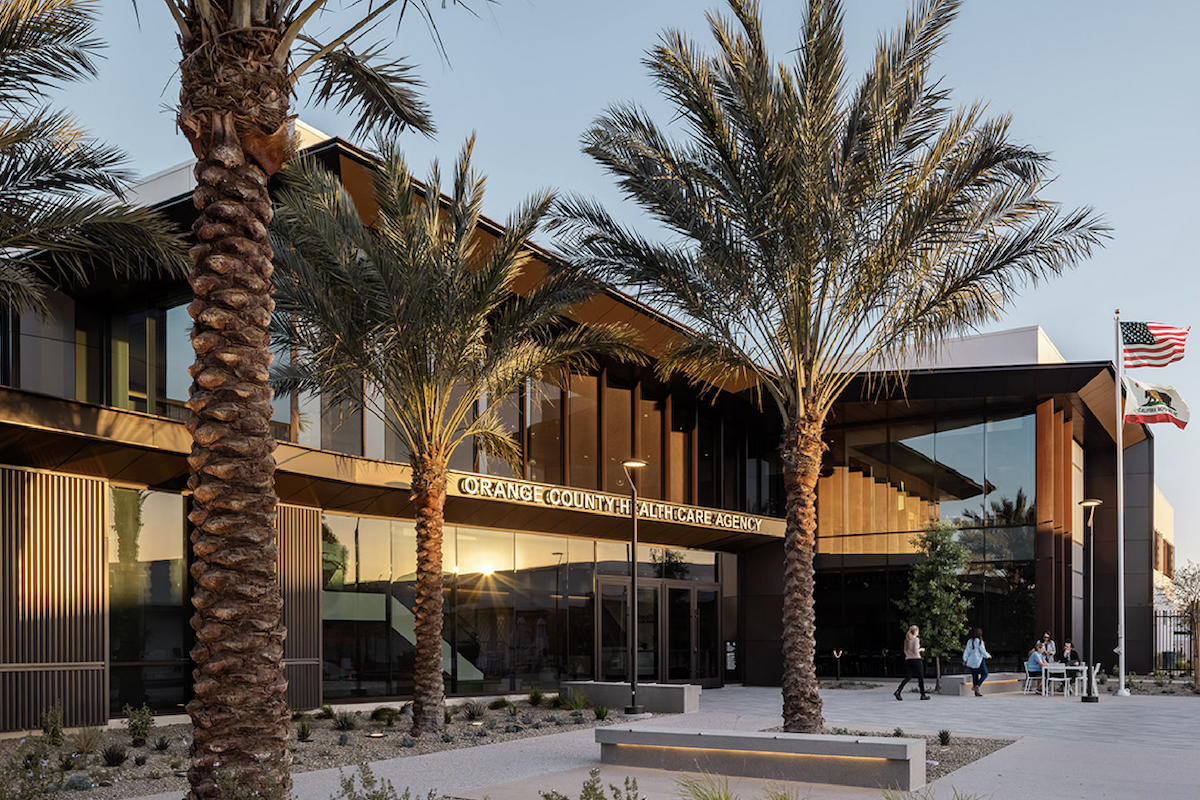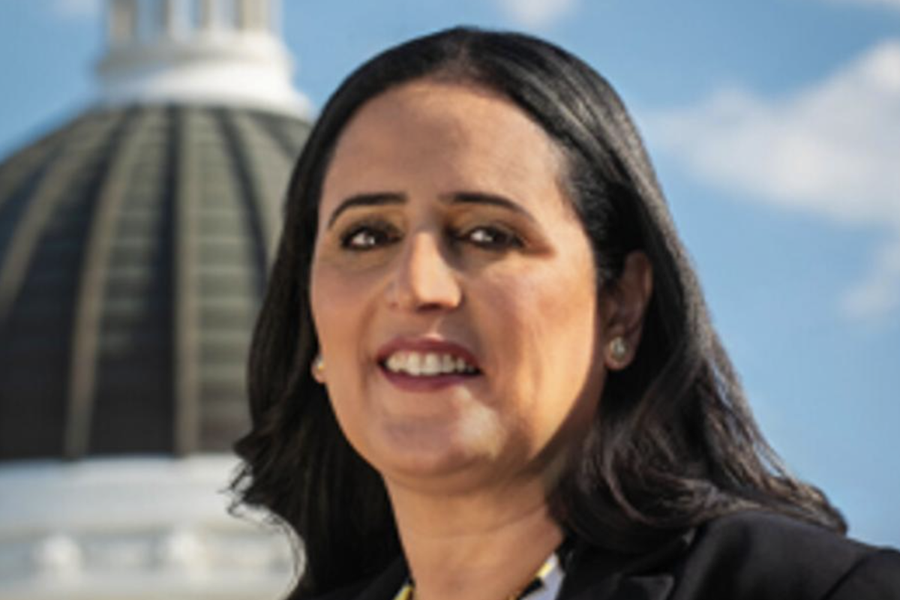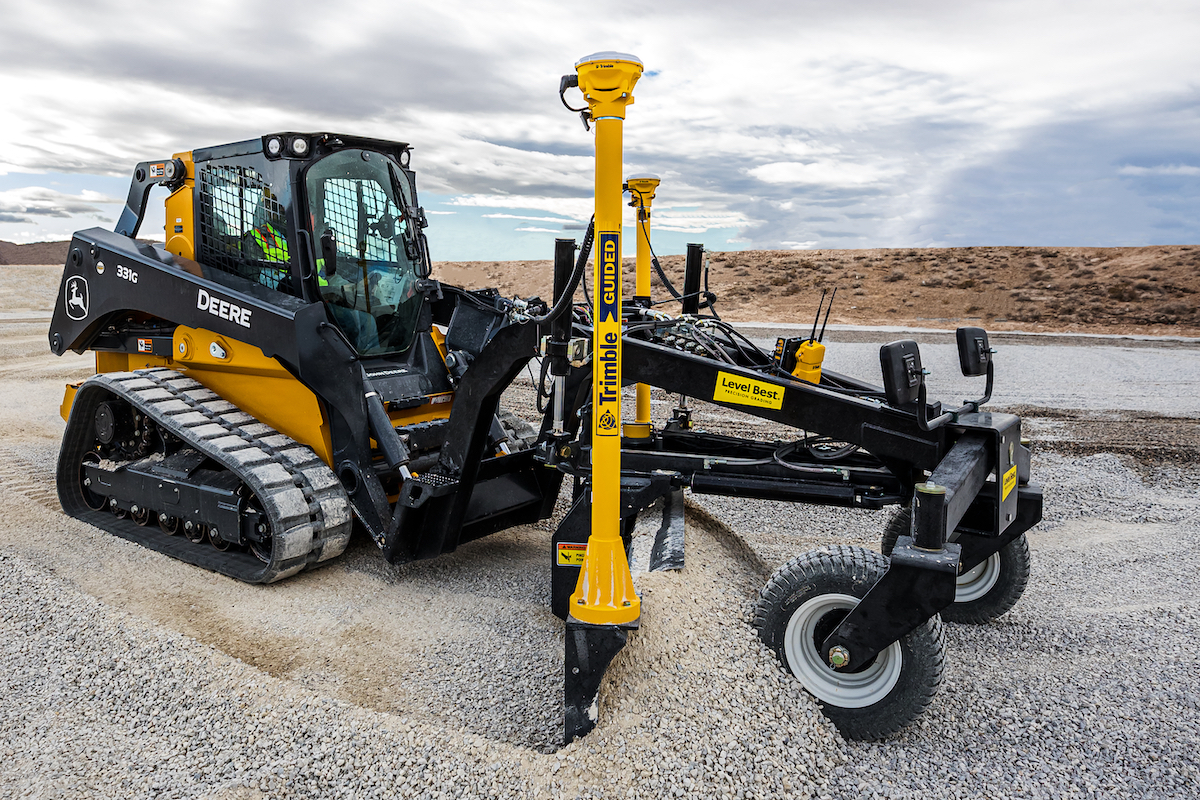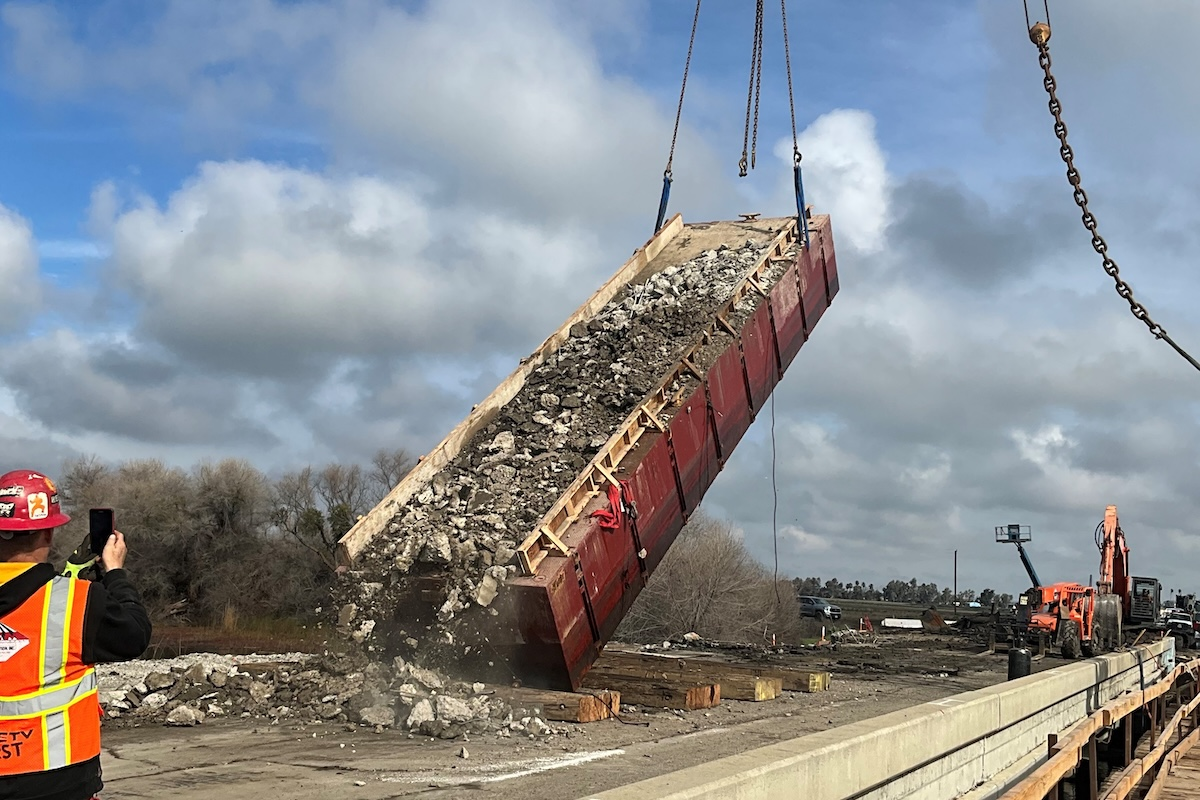Also known as the southeast extension, the Complete 540 project would close an outer loop around the greater Raleigh area. There is already a complete inner loop around the city. However, the outer loop is incomplete, thus those who travel to points south and west of Raleigh typically drive on I-40 into Raleigh.
The North Carolina Department of Transportation (NCDOT) is well aware of the need for the project. “Completing the outer loop around Raleigh has been in the conversation for years,” says Dennis Jernigan, Director of Highway Operations for the North Carolina Turnpike Authority (NCTA). Jernigan has played a key role in project development, managing right of way acquisition, providing oversight over construction, and more.
“When the outer loop is completed, it will provide a travel alternative for commuters and other motorists,” says Jernigan. “A second purpose is to improve system linkage so motorists that don’t have to make the trip into Raleigh can bypass the area.” Other routes should also see less congestion since some motorists will choose 540 for their travel needs instead of existing roadways.
Because of the size of phase one, it has been separated into three different segments. The segments vary in size from large, medium, and small. Construction officially began in November 2019 and major work began this past spring. The goal is to complete all three segments at the same time by 2023.

| Your local Gomaco dealer |
|---|
| Terry Equipment |
Upon completion, the teams will have constructed 49 bridges and 33 culverts. More than 10 million cubic feet of earth will have been moved, 150,000 linear feet of piles will have been installed, and 100,000 cubic yards of concrete will have been poured. Phase one will add 18 miles to the outer loop.
It will improve safety both for travelers and those who are working on the road. “The North Carolina Turnpike Authority’s All-Electronic Toll Collection system allows toll collection at highway speed. This eliminates the need for motorists to stop, which reduces slow-downs, queuing, and rear-end collisions,” says Jernigan. “We also want to be innovative and make it easier for travelers to get where they need to go.”
From the NCTA’s perspective, when people pay a toll, they have increased expectations of the roadway. “We want to provide a higher level of service,” to meet those expectations says Jernigan.
Paying special attention to aesthetics is one way the NCTA is enhancing the ride for travelers. They are using all brick on sound walls, abutment walls, and walls associated with the toll areas. The NCTA carefully considered this decision. The existing part of the loop utilized brick and brick facades, so there was interest in continuing the pattern.
“We wanted to evaluate the bids we received and determine whether we thought brick might be a worthwhile investment,” says Jernigan. Having real brick leads to less maintenance costs since there’s no need for painting as is needed for stamped concrete. “We made it part of the bid proposal and offered credit on the technical score and when the bids came in favorable, we determined it was a prudent financial investment.”

| Your local Trimble Construction Division dealer |
|---|
| SITECH Southwest |
| SITECH West |
Another benefit of the facility is the cameras that operators in a traffic management center use to constantly monitor the road. This will provide motorist assistance as soon as possible, should be it be needed.
Why the difference? In addition to utility relocations and contract administration costs, right of way impacted 600 pieces of property. While the properties vary in size and there is no business relocation, acquiring right of way is a major cost and is time consuming. To ensure each segment ends on time, “we began acquiring right of way a year in advance on the western segment of the project,” says Jernigan.
NCTA is also encouraging a high level of participation of minority-owned businesses. The goal is to have around $75 million in minority and disadvantaged business participation during construction.
Funding for Complete 540 is coming from a variety of sources including toll revenue, bonds, and the federal government.
A turbine interchange is also being installed where three controlled-access facilities are intersecting. These interchanges are more cost efficient though they take up a larger area. Jernigan says the team settled on a turbine interchange because “it was the most efficient design to make the intersection of those three facilities function at the highest level of service. It provided the best mobility.”

| Your local Gomaco dealer |
|---|
| Terry Equipment |
On a project with the scope of the size of Complete 540, utility relocation is bound to be a factor. In this case, the largest utility relocation the team has coordinated is a petroleum transmission line that intersects the new highway in multiple locations. At some locations, the line will receive concrete jacketing while other locations of the line will be moved.
When the outer loop is finished and 540 is complete, those traveling in and around the Raleigh area will have another transportation option. Congestion in the area will be lessened and several surrounding towns and cities will have another connection. Growing infrastructure to meet a growing area.












